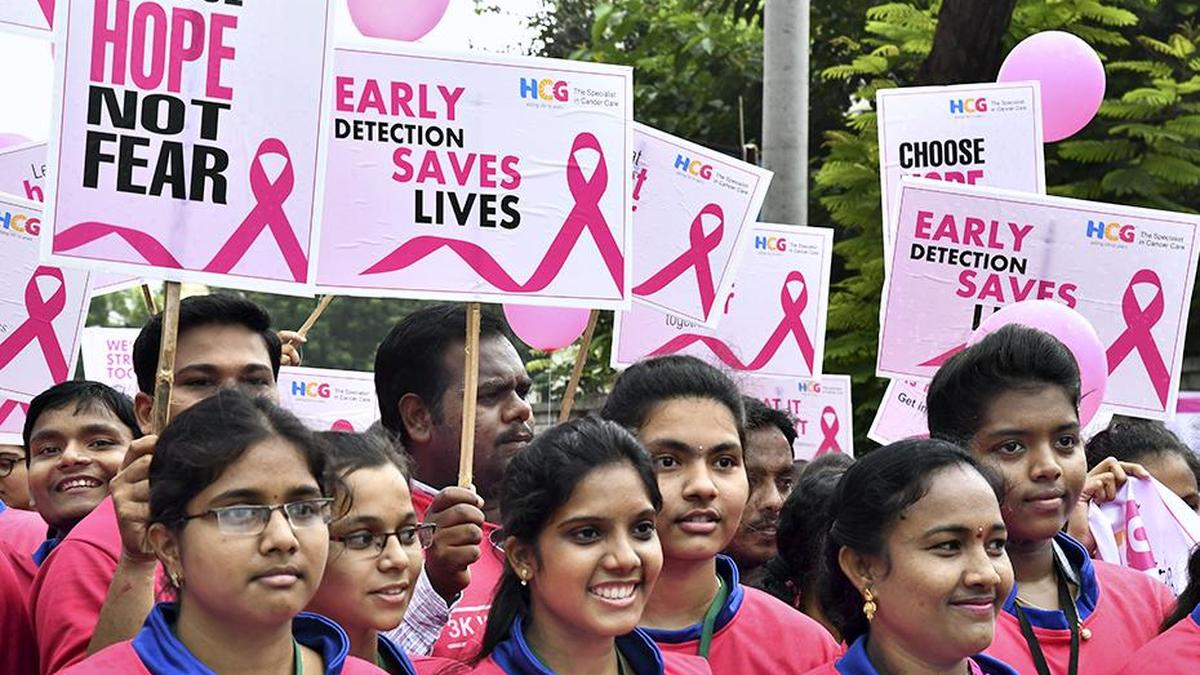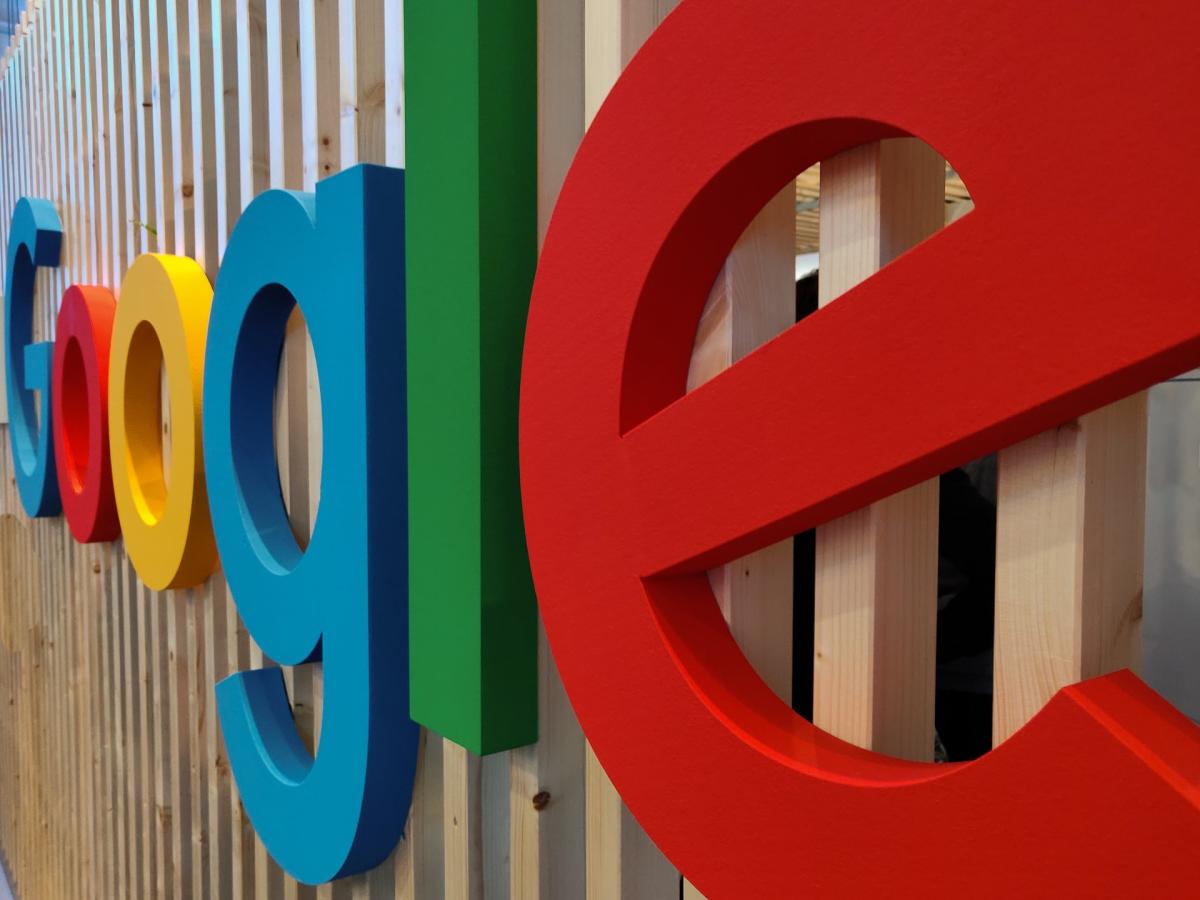When Vrinda Thakker was diagnosed with metastatic HER2-positive breast cancer in December 2021, her doctors postponed surgery and began targeted therapy the next month — an intravenous combination of trastuzumab and pertuzumab, the standard regimen for this form of disease. The drugs were delivered through a chemoport, a small device implanted under the skin to allow repeated infusions directly into a central vein.
“Each session took a couple of hours, including the time to flush the line so it wouldn’t block,” she said. The routine was repetitive and time-consuming, and even a single cycle meant hours at the hospital.
After several months, she discussed switching to a subcutaneous option with her oncologist, in which the same drugs are injected under the skin rather than through an intravenous line.
“A subcutaneous injection can be painful at first because about 10 millilitres of the drug are given under the skin of the thigh,” said another patient, who also opted for the subcutaneous method, describing the difference between the two treatment modes. “But the whole process takes only two or three minutes. Once you’re used to it, you walk in, take the injection, and leave.” She added that the switch also eliminates risks linked to chemoports, such as infections or blood clots, and replaces a four-hour infusion with a five-minute injection.
These experiences reflect a broader shift in oncology: replacing long intravenous infusions with shorter subcutaneous delivery that maintains the same therapeutic outcomes while reducing time in hospital.
Science behind the switch
Trastuzumab, a monoclonal antibody that targets the HER2 receptor, has been a mainstay of treatment for HER2-positive breast cancer for more than two decades. Traditionally, it is given intravenously every three weeks, often with pertuzumab — a schedule that is effective but time-intensive for patients and oncology units.
A subcutaneous formulation of trastuzumab was developed using recombinant human hyaluronidase (rHuPH20), which temporarily breaks down hyaluronan in the tissue, allowing large molecules to be absorbed through the skin. Clinical studies such as the HannaH and FeDeriCa trials showed that fixed-dose subcutaneous trastuzumab, alone or combined with pertuzumab, matched intravenous infusion in safety, efficacy, and drug absorption.
A time-and-motion substudy from the ADEPT trial found that subcutaneous dosing cut the time patients spent in the treatment chair by about an hour, and pharmacy preparation by a little over an hour.
The fixed-dose combination of pertuzumab and trastuzumab, marketed as PHESGO, delivers both antibodies together in a single subcutaneous injection.
In India, the first real-world report on PHESGO showed similar outcomes across early and metastatic disease. Most patients reported fewer hospital visits and preferred the subcutaneous route, citing comfort and convenience.
While these data establish the clinical equivalence of the two delivery routes, the practical difference becomes clearer when seen in how much time patients actually spend in hospital.
Why shorter treatments
The time needed for drug preparation and administration has long shaped the experience of breast cancer therapy. In the ADEPT study, the mean time in the treatment chair fell from about 85 minutes with intravenous administration to around 20 minutes with subcutaneous dosing. Total hospital time, including waiting and observation, was shorter by nearly 80 minutes.
Meenu Walia, a senior oncologist at Max Super Specialty Hospital, Patparganj, said the time factor affects patients and families in direct ways. “Between travel, waiting, and the procedure itself, it’s almost a full-day commitment,” she said. “Long hours at the hospital can be especially hard for daily-wage earners or elderly caregivers. Any approach that shortens that time makes a tangible difference.”
Shona Nag, a cancer specialist at Sahyadri Group of Hospitals, Pune who led the Indian PHESGO study, said the time saving is especially meaningful for women balancing work or caregiving responsibilities.
The hospital side
On the hospital side, shorter sessions are changing how oncology units schedule and staff treatment days.
Niti Raizada, principal director of medical oncology at Fortis Cancer Institute, Bengaluru, said that subcutaneous delivery had streamlined patient flow. “When procedures take less time, we can manage more cases efficiently without crowding our infusion units,” she said. “Subcutaneous fixed-dose therapies require less loading and preparation time, saving time not only for patients, but for hospital staff too. It’s one of the few innovations that improves efficiency without losing the human element of care.”
Raja T., senior consultant at Apollo Hospitals, Chennai, noted that this trend fits into a wider evolution of cancer treatment toward minimally invasive, less intrusive approaches. “When it comes to medicines, we are looking at how we can avoid too much intravenous medication — whether we can treat patients with under-the-skin subcutaneous medicines and tablets — making the whole journey easy and comfortable so that they can go back home or to work as soon as possible,” he said.
Uneven access
While the benefits of subcutaneous therapy are well established in major hospitals, experts say that access remains uneven across India’s mixed healthcare system. Dr. Raja said that facilities and staff training vary widely. “In major cities, good hospitals and infrastructure are available. Then you move to Tier 2 towns and smaller areas where such high-tech care is not available.” He added that patients from smaller towns often have to travel repeatedly to larger centres for months of therapy. “They have to stay near the hospital — that’s a big challenge,” he said. “Insurance and employer support have helped many, but not everyone benefits equally.”
Dr. Raja also noted that public hospitals face high patient volumes, which can make it difficult to introduce newer delivery modes that need specific handling and training. “Government hospitals are doing an excellent job,” he said, “but the sheer numbers they see make it difficult to provide that kind of care to everyone.”
Experts said broader adoption in public hospitals would depend on drug availability, staff training, and inclusion in government oncology programmes.
More time for life
For oncologists, shorter and simpler treatment modes are not just about efficiency — they change how patients experience care.
Dr. Nag said the traditional infusion process can be physically and emotionally draining. “The long time they spend in the hospital — the indignity of being pricked several times, the discomfort of hours of hospitalisation, and the long wait after the infusion for observation — all interfere with their daily routine, especially if they have young children or are working women,” she said. “When it is subcutaneous, they are in and out of hospital — no IV pricks — done very quickly.” She added that being able to continue treatment outside hospitals helped during the pandemic. “During COVID, we were able to continue these subcutaneous sessions at the home of the patient so they could complete their treatment,” she said.
Ms. Thakker is continuing her treatment, and will need to remain on targeted therapy indefinitely. She encourages anyone who is starting or undergoing treatment to seek out the subcutaneous route, adding that it costs less than IV in her experience.
Other, small measures also play a part. “When we offer treatment to women, hair loss is an issue. Now, we have things to protect the hair, such as scalp cooling devices. We also use precision surgery, radiation, and medications with fewer side effects,” Dr. Raja said.
The ultimate goal is not just treating the disease, but making the process less intrusive and more comfortable for patients.
(Anirban Mukhopadhyay is a geneticist by training and science communicator from Delhi. anirban.genetics@south.du.ac.in)



